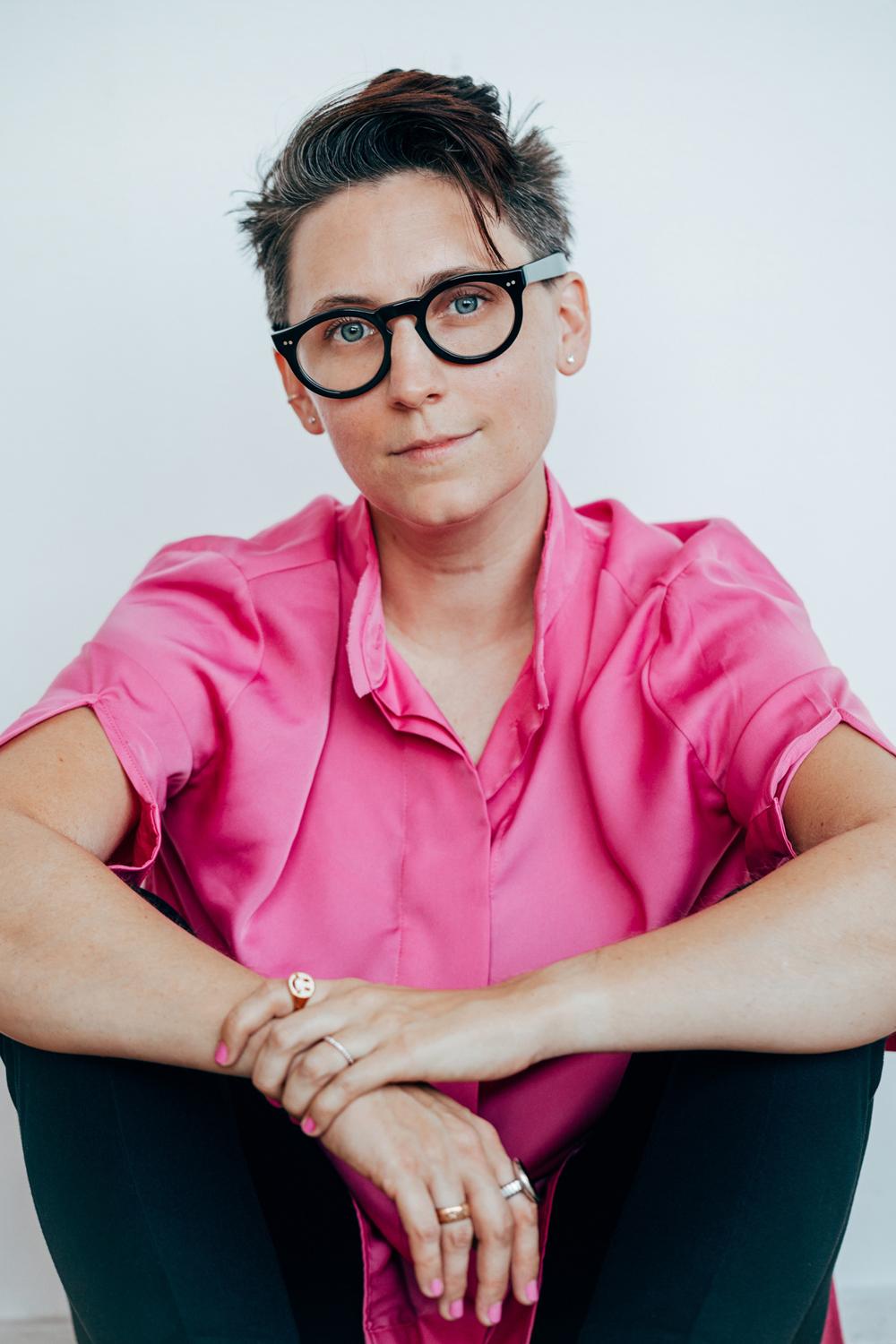Link to Images | The Queer Birth Project website and survey
Denton, Texas (UNT) — Representation and inclusion around birth and family-building significantly expand cultural ideas, ensure access to healthcare, and build community. Yet discussions of childbirth in Western art and culture have long excluded the lives of lesbian women and non-conforming bodies and families. From DIY to IVF, scholarly and artistic attention to queer (LGBTQ+) childbirth and same-sex parenting is still relatively new, and there are unique physical, emotional, legal, and psychological challenges that are imposed by mainstream society.
The Queer Birth Project is a five-year research-based project to document and share the childbirth experiences of queer people in America. The structure of this project is based on feminist artist Judy Chicago’s Birth Project (1980-85). In 1981, Chicago posed the question: how do women feel about all aspects of birth? To answer this question, she conducted an original survey and then collaborated with needleworkers in the United States to create a series of visual artworks displayed across the country.
Forty years later, using Chicago’s archives as a model, this project asks how queer people feel about all aspects of birth? At the heart of this project is original data collection that will be mobilized as a storytelling tool. The primary investigators' updated survey includes Chicago’s original questions with updates for inclusive and affirmative language, e.g., changing the word father to partner/donor, and new questions exploring the complex relationships that make up queer families. To the knowledge of the primary investigators, this is the first survey of its kind to ask and answer questions about queer birth. Informed by this research, a collection of visual artworks will publicly share new language, ideas, and perspectives about birth and families with a wider public. This project directly recognizes the significance of visibility and seeks to promote an intersectional and radically inclusive view of childbirth in America.
The Queer Birth Project includes the following.
1) Original Data Collection: A mixed-methods social science research study that uses surveys and interviews to collect birth narratives and reflections on queer identities, bodies, and families.
2) Art Production: A series of sculptures and installations based on survey responses and research. Works will be produced collaborating with queer and feminist-identifying neon/ glass artists.
3) Lectures: A series of lectures that connect the installations to the archive, make the case for arts research as practice and share an urgent call for representation and inclusivity in childbirth and family building.
4) Publications: A series of scholarly and popular publications based on this collaborative research.
5) Archiving: A collection of our survey data and interview transcripts, along with manuscripts, images, and resources that document the birth stories of female, queer, and non-binary people in America.
-30-
Media Contact: Lisa Sciortino, Lisa.Sciortino@unt.edu, UNT Media Relations
Primary Investigators: Associate Professor of New Media Art Liss LaFleur, Liss.LaFleur@unt.edu and Assistant Professor of Sociology Katherine Sobering, Katherine.Sobering@unt.edu
CVAD Marketing: Monica Scott, Monica.Scott@unt.edu
About CVAD: The College of Visual Arts and Design, led by Dean Karen Hutzel, Ph.D., is considered one of the nation's best and most comprehensive visual arts schools. The CVAD programs include a nationally ranked graduate fine arts program, a graphic design program ranked first in the Southwest and the state’s only Ph.D. in art education. CVAD offers 16 undergraduate and 13 graduate degree programs, a graduate certificate program and concentrations ranging from Art History to Communication Design to Photography, including eight programs with minor fields of study.
Images for release
Liss LaFleur, M.F.A., and Katherine Sobering, Ph.D.


